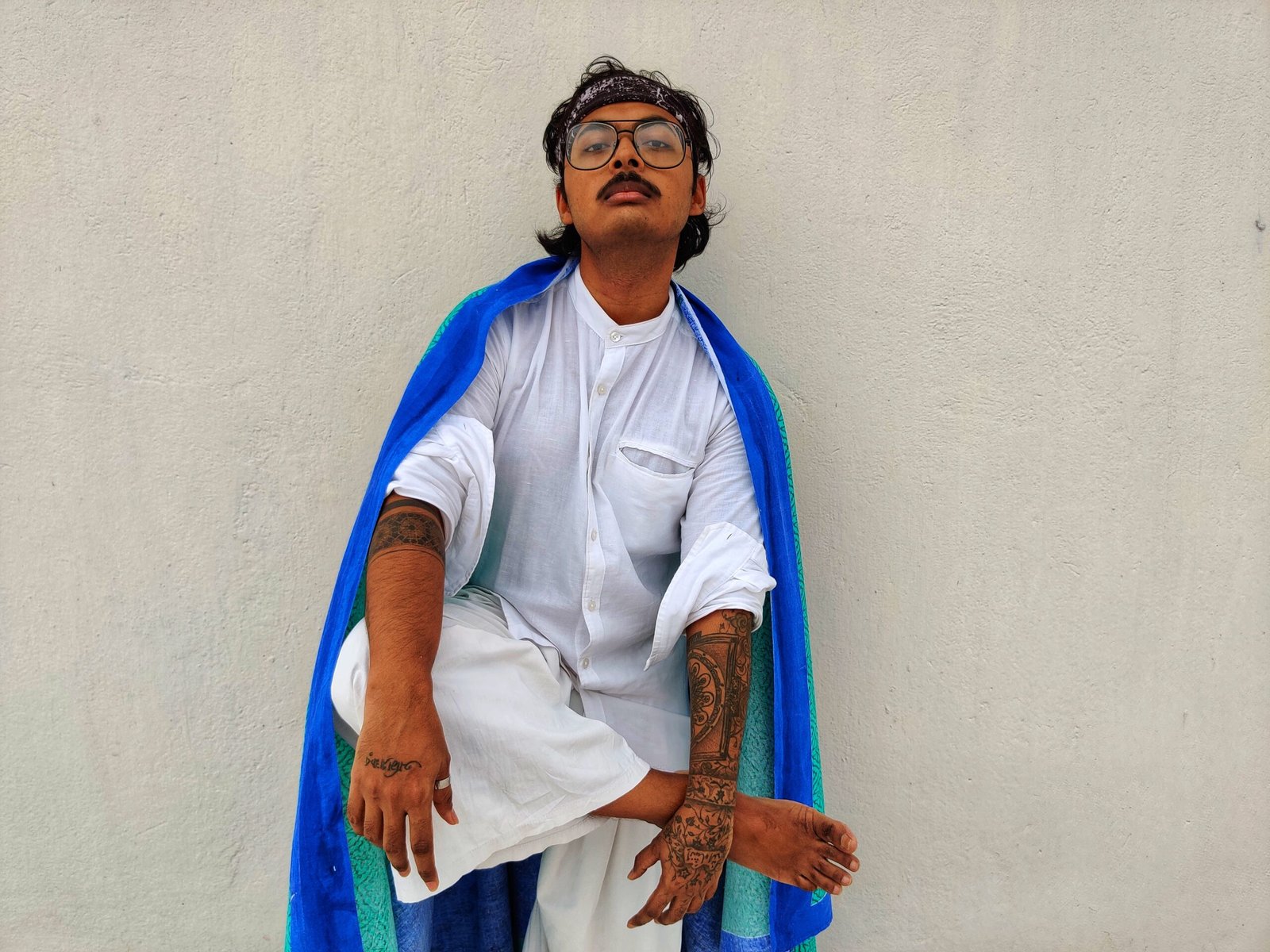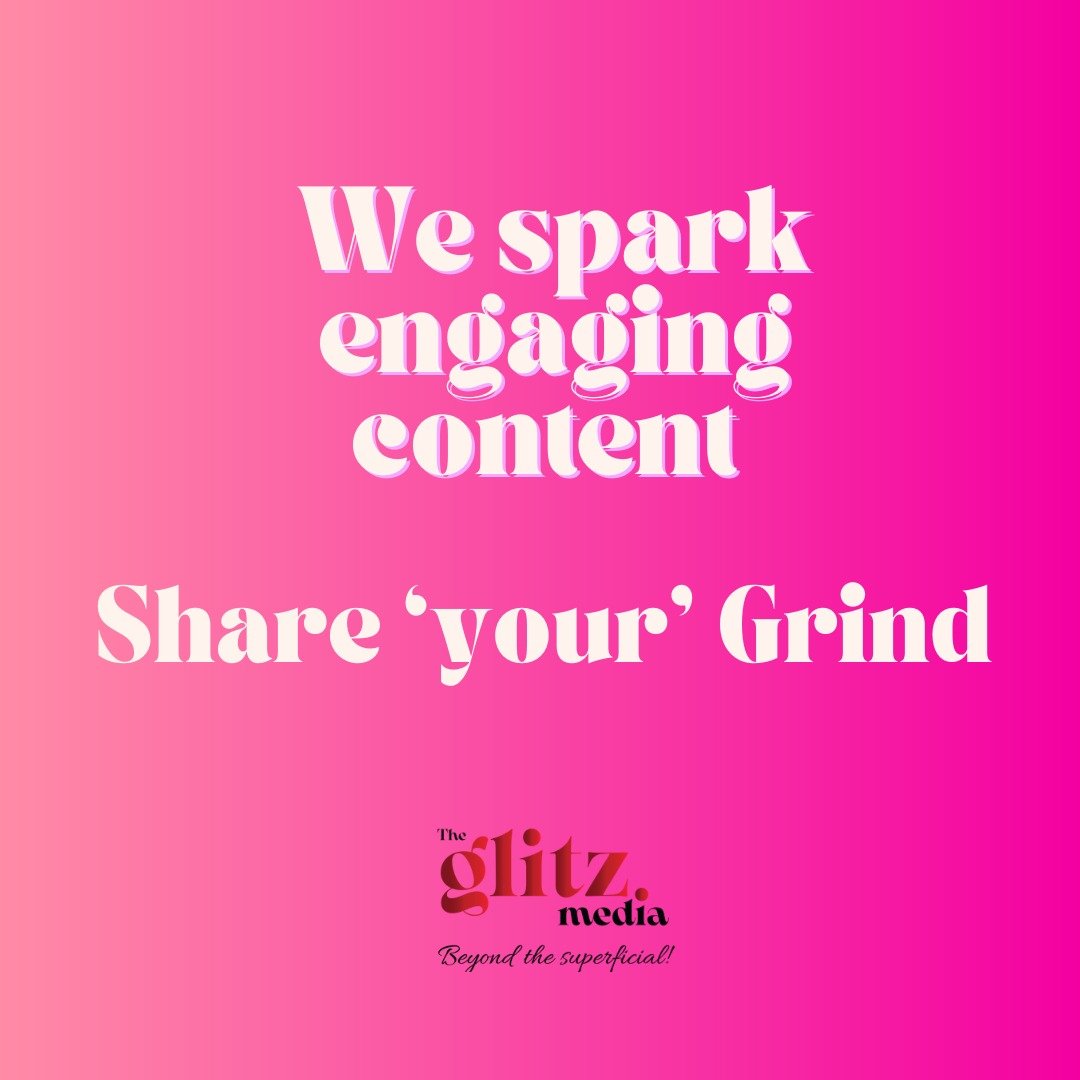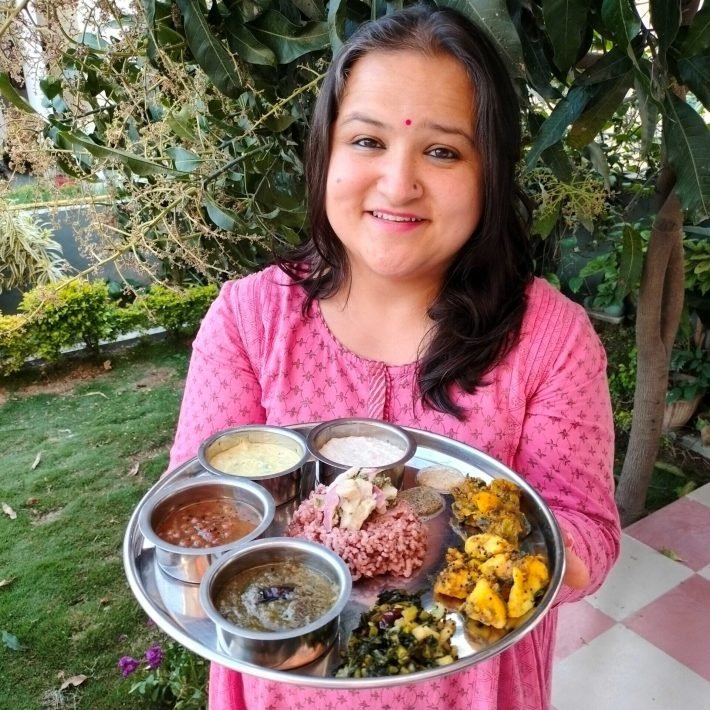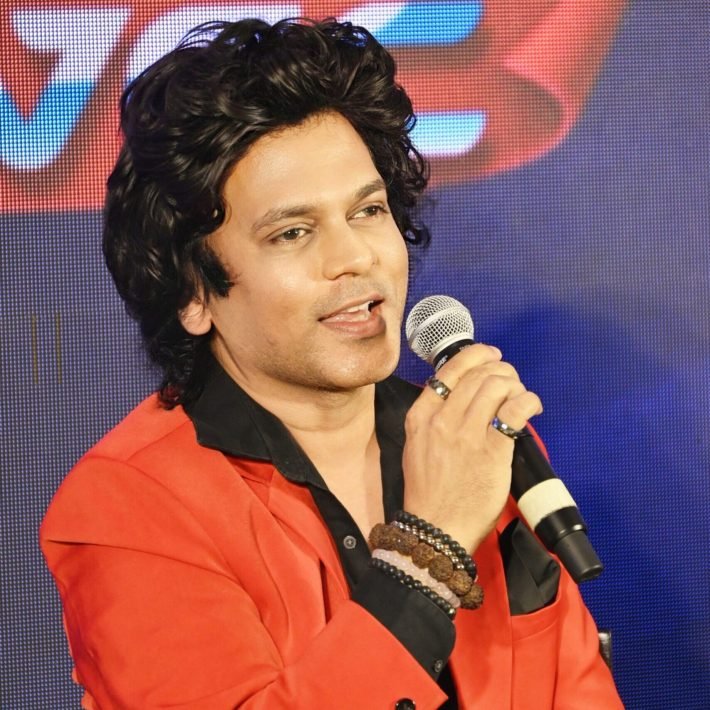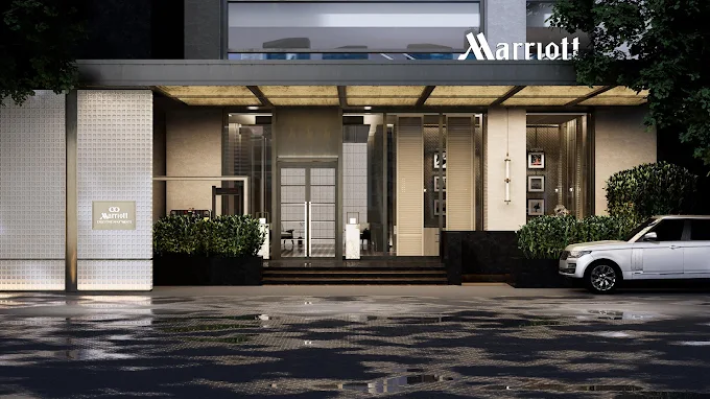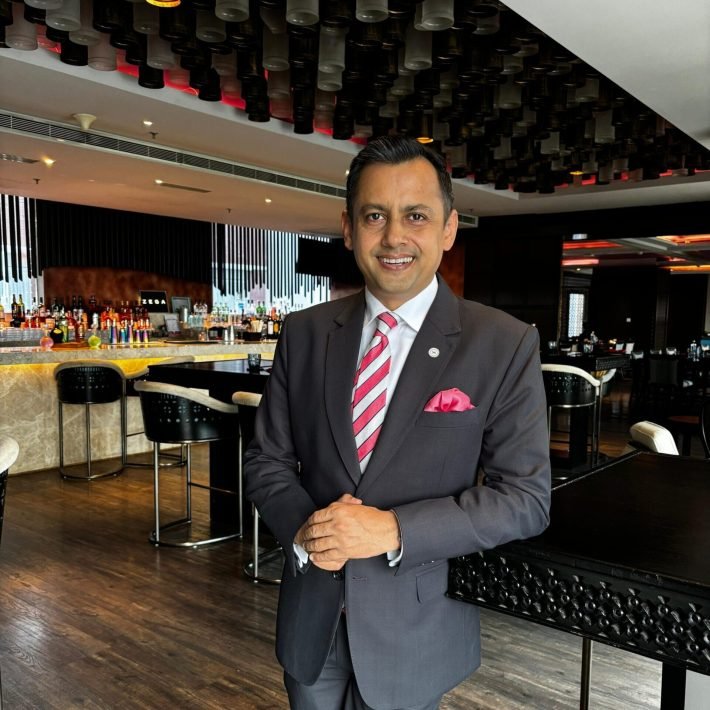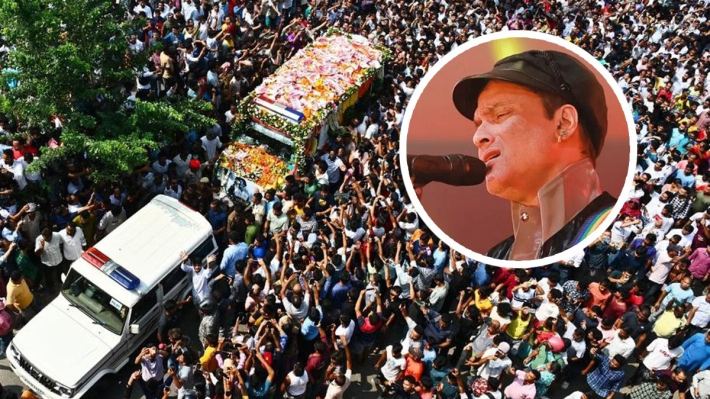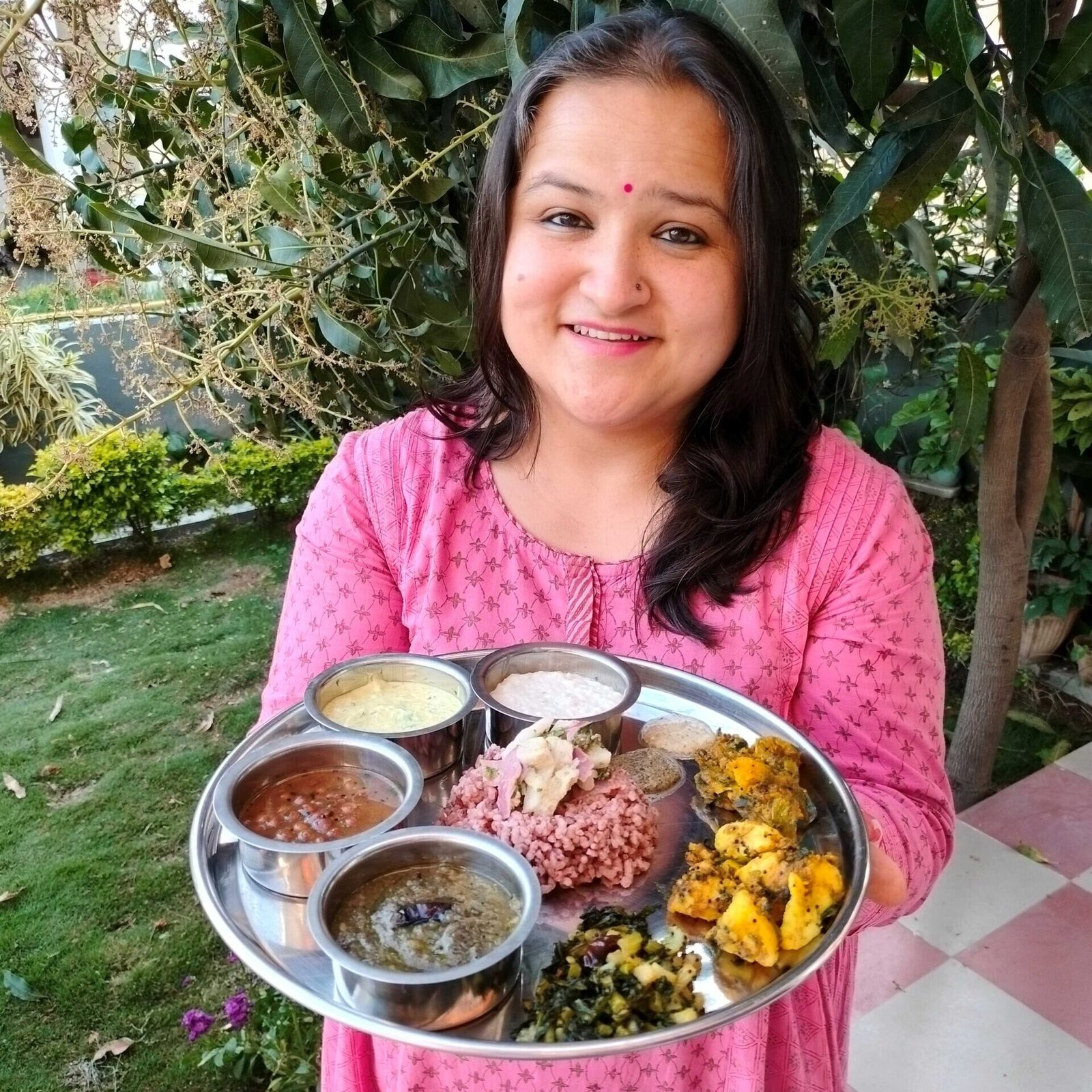Arnesh Ghose is a maverick genius in the world of brand strategy, visual communication, and content wizardry. With over 14 years of trailblazing experience, he’s the go-to mastermind behind some of the most iconic brand stories and global collaborations. From shaping the pages of Vogue, Rolling Stone, and GQ to crafting narratives for luxury powerhouses like Gucci, Louis Vuitton, and Armani, Arnesh is the ultimate storyteller who mixes creativity with strategy like a well-curated cocktail.
But don’t just take his editorial chops for granted, Arnesh is also the Content Lead behind Apollo Hospitals’ game-changing UR.Life and has worked his magic with Trent Ltd. on brands like Westside and NUON, proving he can navigate any industry with flair. With over 103k followers on Instagram, Arnesh is more than just a social media influencer, he’s a digital powerhouse whose marketing strategy, SEO skills, and campaigns captivate audiences like few others.
Guess what? Arnesh’s forward-thinking approach to brand storytelling earned him a well-deserved spot in TheGlitz 2025 Catalysts. When it comes to marketing and communications, Arnesh isn’t just playing the game, he’s changing it.
Over To Arnesh Ghose
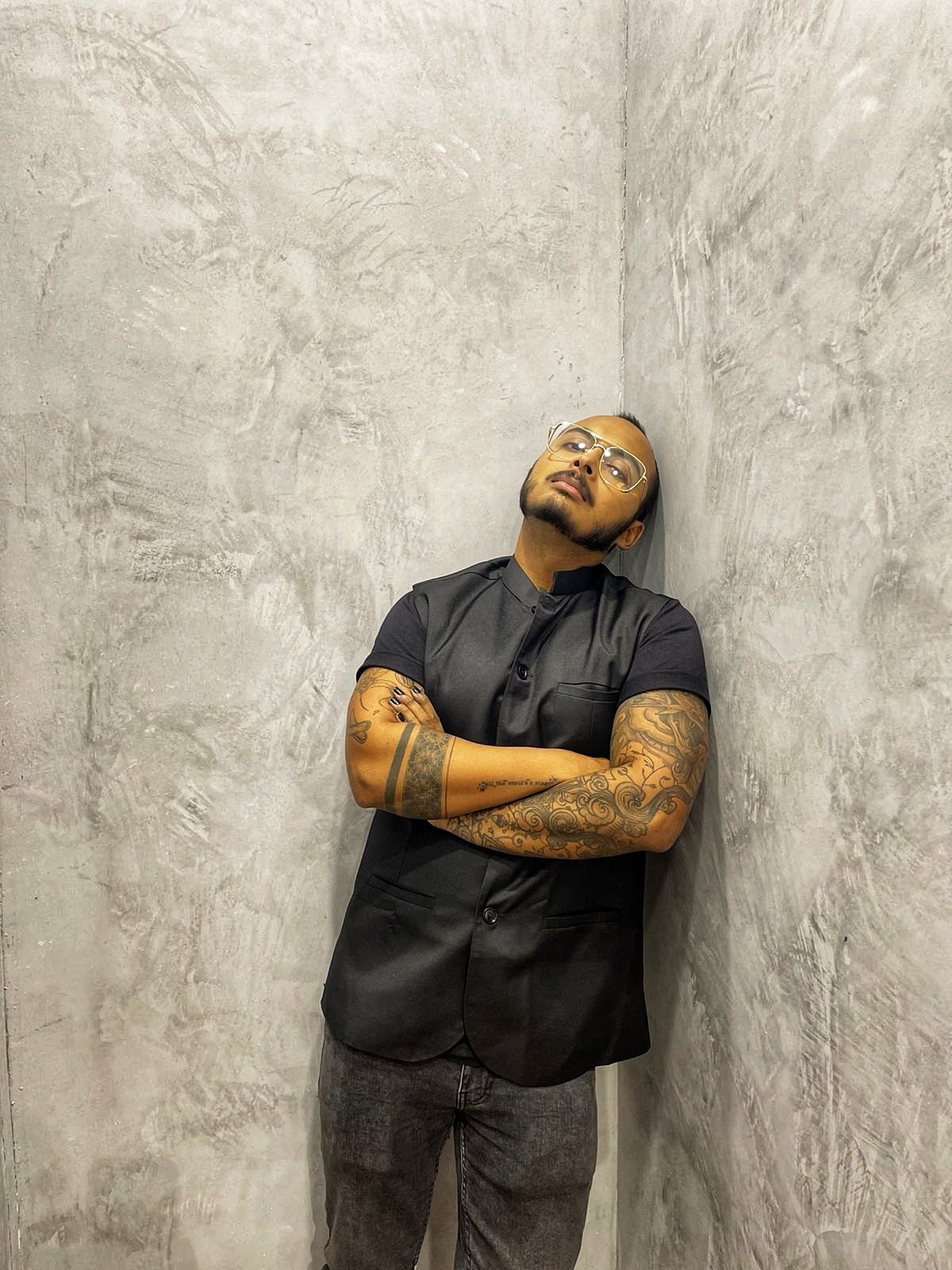
You have worked with some of the biggest names in journalism, fashion, and luxury brands. What inspired your journey into content strategy and brand architecture, and how did your journalism background influence your approach to brand communications?
Arnesh: To start off with, I think the inspiration basically was that necessity is the mother of invention. Around 2016 -2017 is when journalism started changing. Everyone started realizing the power of social media, the power of digital marketing, and that is when brands started asking that, ‘Yeah, it’s cool that we are doing a two-page advertorial or we are buying ads in the magazine, but what more can be done’? …Because the world realized that there’s so much more you can do with storytelling. There’s so many ways by which you can tell the story of the brand’s experience. That was the beginning.
That is when, initially back then, it was brand solutions. That was a start. It was very exciting for me because at the core of it, I am a storyteller. I love telling stories across all kinds of mediums, and most importantly, I love to find ways by which I can tell a story better. I can communicate someone’s message better in formats and ways that’s engaging, exciting, enduring. So that was the start, and the pandemic truly propelled it because I clearly understood that I need to now move to different ways of telling stories. I would love to empower brands. I would love to create exciting brand experiences.
That is when during the pandemic in 2021, I decided to make the leap to becoming a brand consultant and then, a brand architect where, I help a brand from scratch. I help build brands from the very beginning so that the brand’s story goes out efficiently across all touch points to the target audience. So, that was the inspiration that’s been the journey, as for my journalism background, very honestly, I know at the back of my mind, I’m always going to be a journalist.
I’ve been a journalist for 15 years now. It feels like a lifetime – it feels like my previous life, but it also feels like a lifetime. What it influences is research. It influences in-depth understanding of anything that I want to create. It influences being able to think laterally across all kinds of mediums, whether it is through copy, through visuals, through video, copy of different formats, – long format, short format. Journalism…
I started off literally in the mailing room. I started off as a staff writer, and slowly climbed up with experiences to becoming a digital editor and an executive editor. If one has spent that amount of time being a journalist, then you hone these skills, and you acquire these skill sets and this acumen to be able to become a better storyteller at the end of the day.
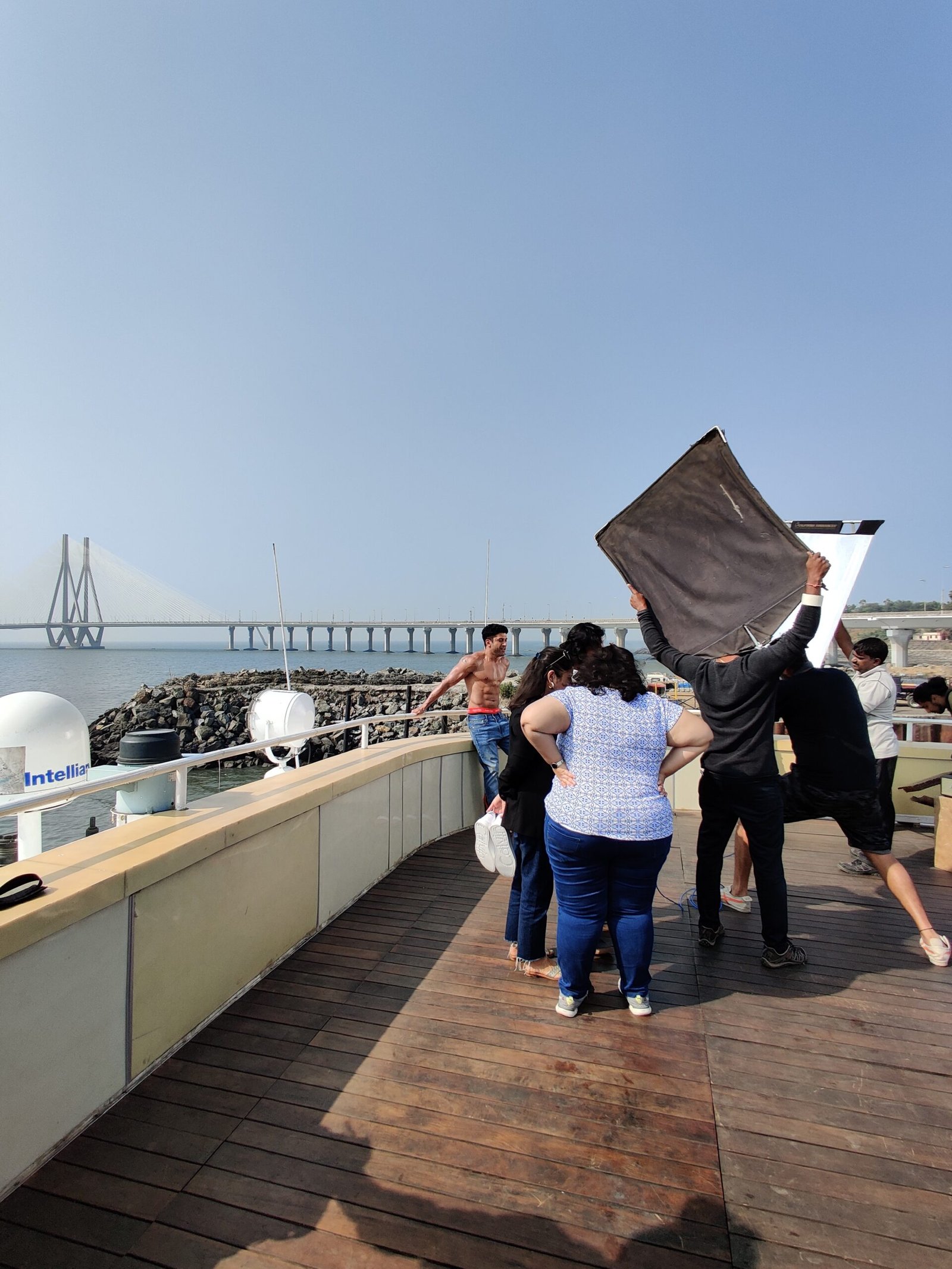
With over 14 years of experience, what are some of the key differences you’ve observed in how storytelling has evolved across various industries, from journalism to luxury fashion to retail?
Arnesh: The most important is, I would say is that there has been an active and primary movement from ‘word to the visual’. We read a lot less now. We watch a lot more. That is just the way the world is, very honestly. That’s what the world has become. We find ways of amalgamating both. But when I started off, it was not very uncommon for a four-page editorial or for a story to run into six or eight pages. Today, that would be unthinkable.
Today, for example, the conversation would be: how did this happen? It’ll be a much more concise story. It has to be like a three-page, four-page story with lots of bold, well-shot visuals. Then that’s just print. Then that has to be translated to the website, where it has to have a catchier headline so that people are going to click on it. The visuals have to arrive on Instagram. There has to be a video component. There has to be a reel component. There also has to be short format, long format videos.
For example, you have shorts for Instagram reels and stories and YT shorts, and you can have a longer format piece, which in vertical can be on Instagram and, horizontal or landscape can be on YouTube.
So, I literally sketch out how you would tell the story of one article across so many, quote-unquote platforms or assets. This is the exact same way you would function when you’re creating content for a brand. It can be ads, it can be editorials, it can be videos, visuals, carousels, statics, shorts, short format videos, long format videos, influencer collaborations… It’s all of that. So, that has been the second difference that earlier only one format was enough.
Today one format is not enough. Earlier, we were ‘word focused’, ‘copy focused’. Today we are visually focused. So, I think these would be two very key differences that I would notice over the course of time.
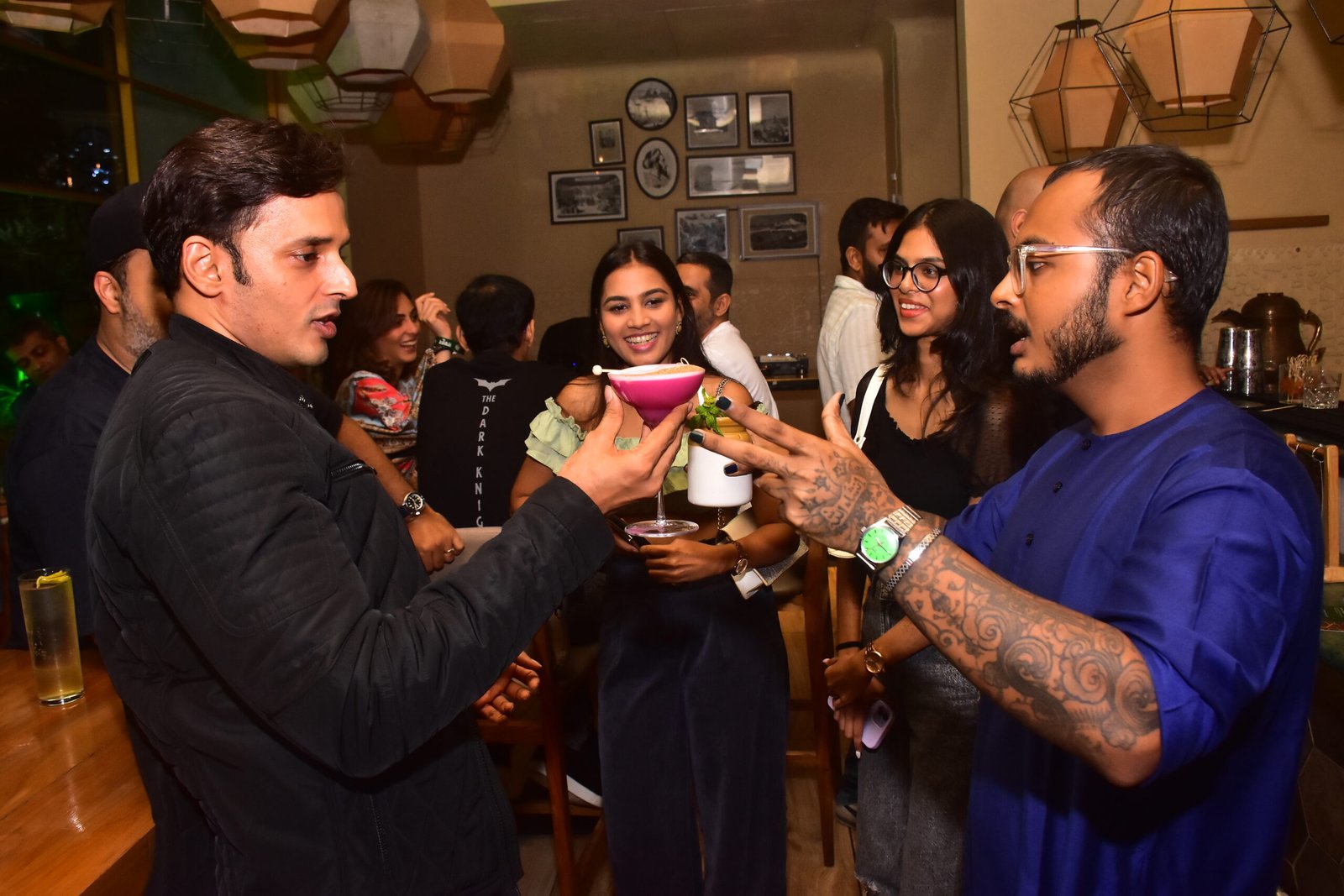
You’ve collaborated with global brands such as Gucci and Louis Vuitton, as well as Indian giants like Westside and Studiofit. What’s your process for crafting compelling narratives that resonate across diverse markets and cultures?
Arnesh: I think the process for me always starts with continuous research. I’m a nerd at the heart of it. So, a lot of research… and research can be fun. I don’t think research only has to be about pouring through statistics. Like, very honestly, when I’m working with global brands, one of my key research materials is watching reality TV shows or reality, streaming shows from that country. So, for example, if I’m creating content for a Dubai market, for a luxury brand for Dubai market, I will watch say, ‘Dubai Bling’ for example, to get an understanding of that target audience in that market.
So, that’s also, a part of research. For example, I had to work on a brand where the target audience was primarily South Africa. And I discovered that there’s a fantastic reality show called ‘Young, Rich and African’, which was great perspective. And what this also does is this – research and this kind of research allows you to understand the people of the space and also people who are movers and shakers of that market.
So, it helps you create strategy for collaboration and stuff like that. So, research is definitely number one. Number two, it’s to have a very clear understanding of the target audience. Whom do you want to communicate to is a very, very important question. And the other part of that question is who do you want to be. So, once these questions are answered, – I fall back on the good old journalism thumb of fingers. If you just get that specific, concise answers to all of those questions, you can create compelling stories and compelling narratives for any brand, international or Indian, it doesn’t cross any demographic, across any category.
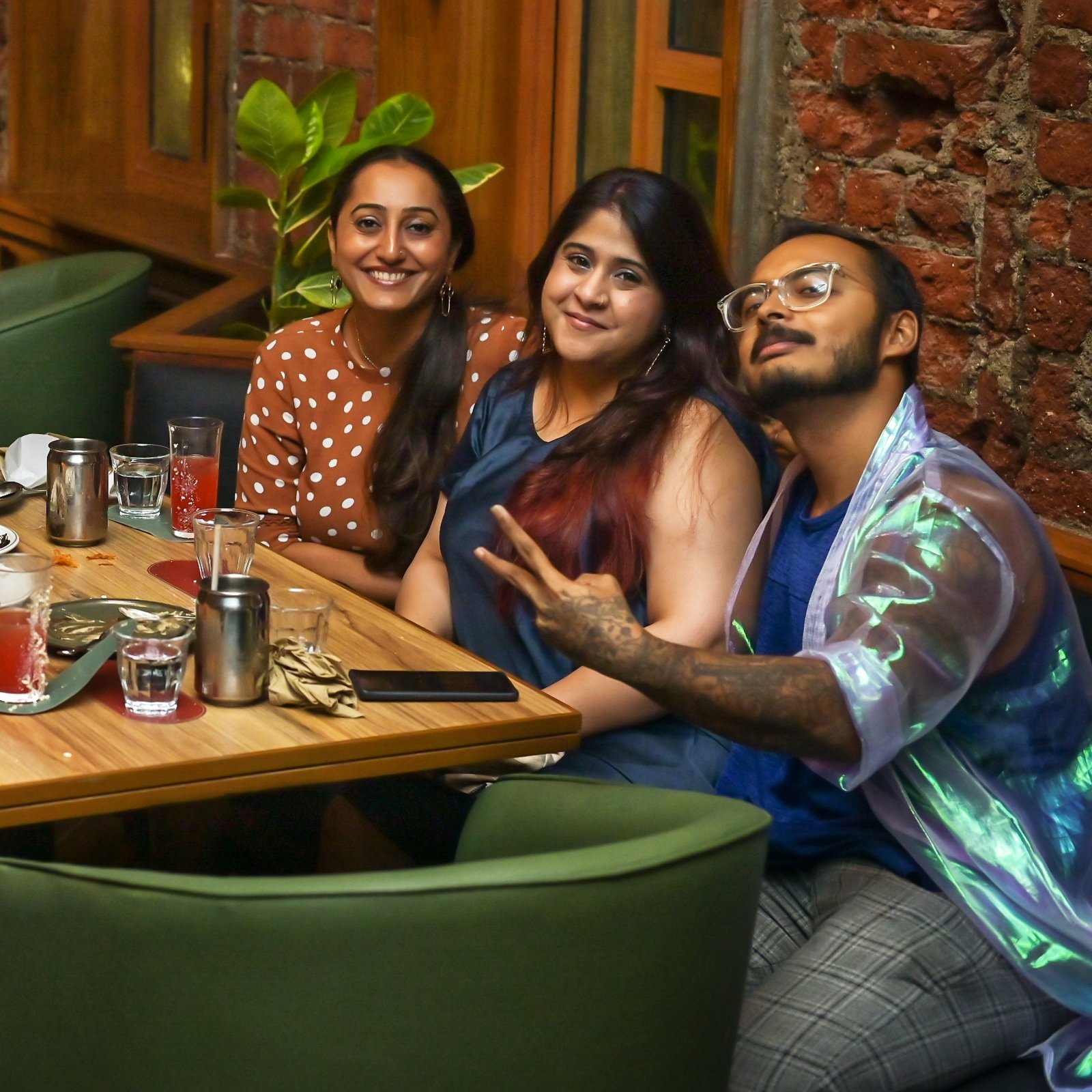
As someone who has shaped social media strategy and brand campaigns, how do you approach blending creativity with data-driven insights to drive engagement and loyalty? Can you share an example of a successful campaign where this strategy worked particularly well?
Arnesh: The point is when you’re talking about data-driven insights, you’re talking about information and you’re talking about research, right? So, that’s a starting point for any conversation. If, for example, when you have all the information and all the data available to you, it immediately gives you a very clear understanding of who you are talking to. That is a very important question, right? And that is answered by data.
Once you are able to narrow it down to who am I talking to, whom am I talking to and once you have that answer, that is when you have the next question that how am I going to talk to the people I want to talk to, that is also answered by data, because you have an understanding of their psychographics, their demographics, usages, taste preferences and so on. So, what all of the data is doing is research and that is 70% of the work done. So, when you’ve got all of this laid out, you immediately will be able to figure out the creative side of it.
Like, when I was consulting Westside, we increasingly realized that plus size, plus size styles, plus size shapes, makeup for darker skin tones, these were selling a lot more. And also these were selling a lot more in tier two, tier three cities. It immediately gave us that insight that, if this is a chunk of your target audience, who’s available, who wants more of what, of what you’re already giving them, it is important to feature them in campaigns. It is important to have people who look like them, so that the brand resonates harder with them.
And there was this surge of engagement. And also, immediately, what happens is that the brand becomes closer. The brand feels like this brand is mine, because I see myself in the brand’s communications. You can talk about, Balenciaga, Louis Vuitton, Burberry. These are legacy maisons. These are aspirational brands. So, when you see somebody in their communications dress a certain way, you want to aspire to be like them.
But here, what happens is that Westside is a brand that wants to be in your wardrobe, like wants to be 70% or 80% of your wardrobe, right? So, here, this brand is one where you don’t have to aspire to be it. The brand has to be you. So, that’s a very important shift.
On the other side, when I have created campaigns for Louis Vuitton, at that point of time, there was a very, clear understanding. This was the third campaign that I did with them. There was an understanding that for the Indian market – the North is a very important market for LV. And there was a requirement for a pop culture figure from the North that the North looks up to and the North aspires to, So, there has to be a pop culture figure whose lifestyle, whose style, whose personal, sense of aesthetics is what the North is aspiring to, because the North is the target audience, they are spending.
That is when, in the third campaign, the decision was taken to feature Badshah, because, he resonates with the target audience. So, then you take Badshah and then you create the mood board and the story around the Badshah lifestyle, and LV marries with that lifestyle. So, that is how the creative side of it is balancing or is marrying with the data-driven information side of the business and side of building the campaign.
Your ability to direct, produce, and style brand campaigns is commendable. What do you believe is the key to aligning a brand’s visual communication with its ethos in a way that drives emotional connection with the audience?
Arnesh: I think I’ve mentioned this and I’ll say it again. The key to getting it right is always research. So, nothing is going to beat that. If you don’t have your research in place, however much of an emotional heartstring tugging campaign you make, it will not have relevance if you’re not talking to the right people. It is not working for you. It is not efficient communication.
So, whom are you talking to? How should you be talking to them? Why should you be talking to them the way you research that you should be talking to them? What should you be saying? When should you be saying it? Getting the timing right? If you get all of these questions answered correctly, you will have something that is going to connect with the audience. It always boils down to straight up research and answering these questions correctly and to the point.
Given your diverse background, from journalism to luxury brand collaborations, what advice would you give to aspiring content strategists or brand architects looking to make an impact in today’s fast-paced digital world?
Arnesh: I will give just three pieces of advice very clearly:
Number one, read a lot, watch a lot, listen to a lot. It is very important to absorb as much as you can in your 20s, so that you are going to be a really ready product by the time you’re in your mid-20s and in the first half of your 30s. So, it’s very important to absorb. I feel most of the time we consume a lot less and we create much more than we consume. I always try to fight that. I always try to make sure that I’m reading at least three books a month. I watch everything that’s out there on OTT.
If I’m on social media, it’s not doom scrolling. I try to really doom scroll a lot less. It’s about following the right kind of people and listening to the right kind of opinion and watching the right kind of content, even online. So, I think the first piece of advice is to read more, watch more, absorb more.
The second piece of advice is taking in, to research, to allow information as in truthful, factual, correct, justified information to be your God. It is very important to do that. I think that these two would be very, very crucial.
The third piece of advice would be patience. I know that we are in a very fast world. We used to say 15 minutes of fame in the last decade, but I feel like we truly are standing at a time when people are just famous quite literally for just 15 minutes. So, it’s important to be patient. It’s important to understand that it’s a marathon. It’s important to absorb enough so that you very honestly can run the marathon for a longer duration. It’s important to last for a very long time.
And the ones who do not have enough to give or are not able to produce enough, they are the ones who at the end of the day, dry out faster. So, patience is important. It is important to understand that it’s about 15 years or more like 15 into three years and not 15 minutes. It’s about chasing the marathon and not that quick sprint to quick fame and quick money. It’s about the long game.
